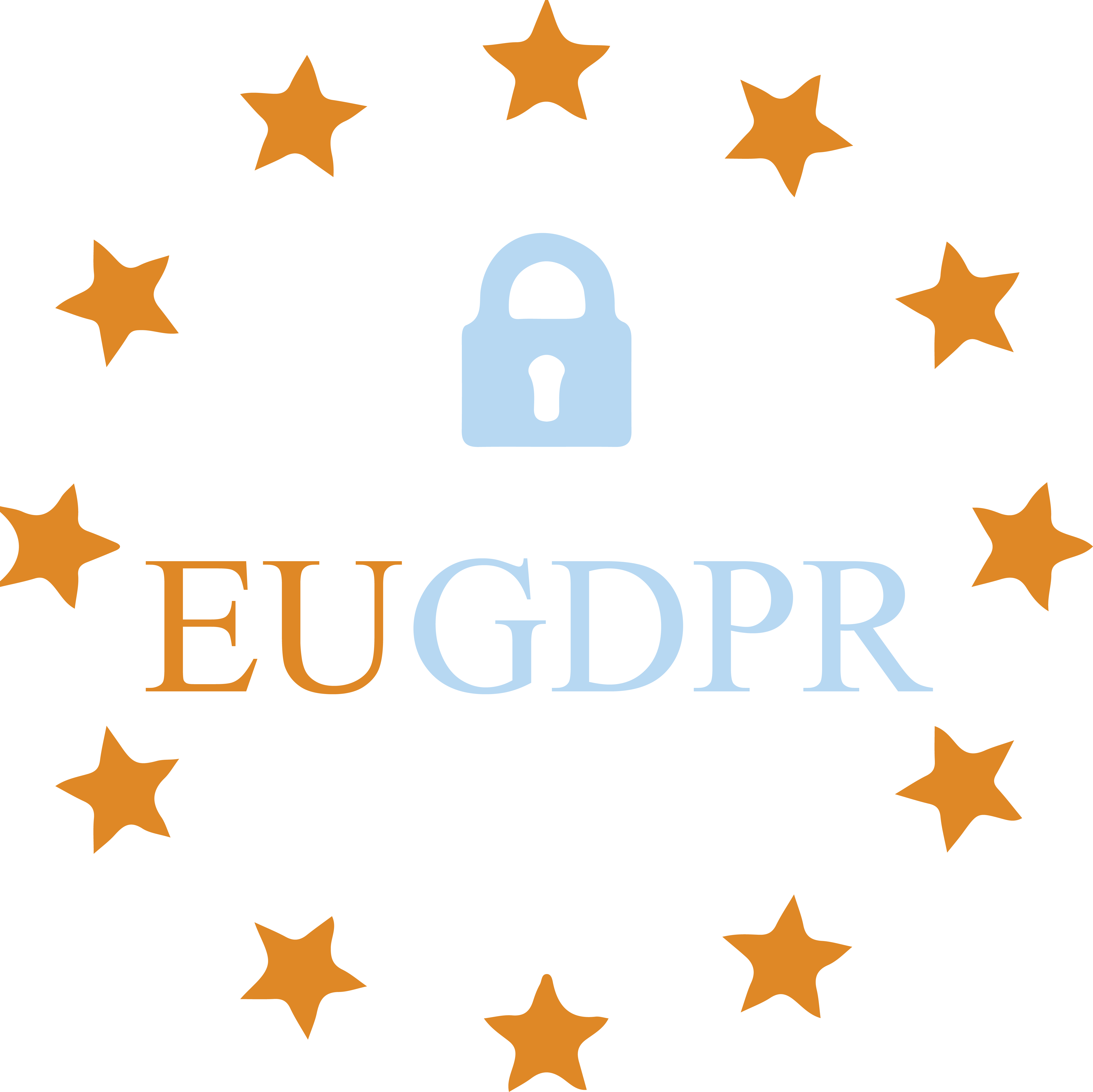
The CMO Council surveyed 227 senior marketing executives on a post-GDPR world. They found leaders and laggards and the differences between the two may surface the path to successful customer experience.
GDPR brought opportunity
Organizations taking the lead in ensuring compliance with GDPR see it as an opportunity to protect their customers’ data. And when you protect their data, you build loyalty and trust. That trust means customers will very likely part with more of their information if it means the organization can make their experience that much better.
So GDPR is about improving the customer experience (CX). But to improve CX something really important needs to happen and that is one of the biggest calls to action marketing executives see from GDPR – overhauling the organization’s perspective on customer data.
This, shows the report, is an opportunity to “align the entire organization around a comprehensive and standardized practice, protocol and process to collect, secure and utilize data.”

From CMO Council report GDPR: Impact and Opportunity
It’s not my problem, say laggards
Then you have the other end of the GDPR compliance spectrum – those that say GDPR isn’t their problem because they don’t do business in the EU or with people traveling in the EU. First of all, never say never.
But maybe even worse are the marketing executives who may have a clue GDPR affects their organization, but they see it as an IT problem, not a marketing problem. While report leaders built a cross-functional task force to ensure compliance, laggard handed the job over to the CIO. Yes, IT has a big role to play in compliance, but so does marketing who “owns” the customer experience, as do other parts of the organization including sales and support, compliance and others.
For marketing leaders looking for a way to establish themselves as the true driver of customer experience, GDPR was/is an opportunity to take center stage and move their company in the right direction.
Part of the problem for laggards may be in how data is currently stored and managed. The report indicates that laggards have a lot of legacy system data that isn’t used and more data silos, while 57% of leaders had initiated a data audit to review technology, challenges, methodologies, and practices and found they were further ahead in compliance than they initially thought. By performing the data audit, leaders also realized they had far more points of engagement and data collection than they realized, something laggards won’t know until they too perform a data audit.
Laggards are completely blind to the need to support GDPR. 30% did agree it would impact where and how consent is obtained, and 50% did acknowledge that some changes to campaign automation solutions (marketing automation) and systems that manage third-party data may need to be made.
Trust and engagement are the rewards – maybe
Trust is a precursor to engagement and compliance with GDPR is helping to build trust. A Marketing Week study of 1000 consumers showed that 57% of consumers have a better understanding of how companies use their data and would lead us to believe that they are more trusting of those vendors.
However, that same study showed that only 27 percent believe they now have a better overall experience and 65% feel GDPR has made no difference in their experience with brands.
The challenge may be in how organizations continue to manage data, particularly between departments. Silos are very hard to break down from both a technology and management perspective. GDPR may have been the works for two years, but most organizations turned a blind eye until the last minute, and that’s not enough time to overhaul their approach to capturing and managing customer data. Driving that change from marketing is likely even harder for most organizations.
This isn’t about an EU regulation
Let’s back this up a bit. Tim Walters put it well when he said
The fact is that for about the last decade, under the banners of personalization, targeting, relevance, and customer-centricity, marketers and customer experience professionals have been encouraged — and in most cases allowed — to grab personal data wherever they could find it, do with it as they pleased, and freely sell it on to the next party that might care to extract an ounce of value.
They’ve typically done so without the knowledge — let alone the consent — of the consumers identified by that data. That is, unless you honestly believe that “consent” consists of agreeing to terms and conditions that are purposefully obscure, unreadable by design (PayPal’s T&Cs are – or at least were – longer than Shakespeare’s Hamlet), and justifiably ignored by consumers.
In a rush to get on board with digital and play with all the new technologies that continue to come out, marketers have played with consumer data. And consumer data has been a commodity for a long time; except it hasn’t been a commodity that makes experiences better, it’s been a commodity to sell or use to spam hundreds or thousands with emails that don’t hit the mark. It wasn’t used to make support and service better; it wasn’t really even used to do good personalization.
GDPR was a wakeup call to marketing and the rest of the organization – put your customer first. Ask them for their information, tell them why you want it and use it appropriately. Marketers should have been doing that a long time ago. Digital has spoiled organizations, and it’s time they had a good spanking. Whether you believe your organization should comply with GDPR or not (or the new California privacy law, or the next privacy legislation that will come), treat your customers better, and if you are lucky, you will be rewarded.
Image credit - Feature image - question mark © Bulat - Fotolia.com. GDPR impact graphic from CMO Council credited and linked above.
